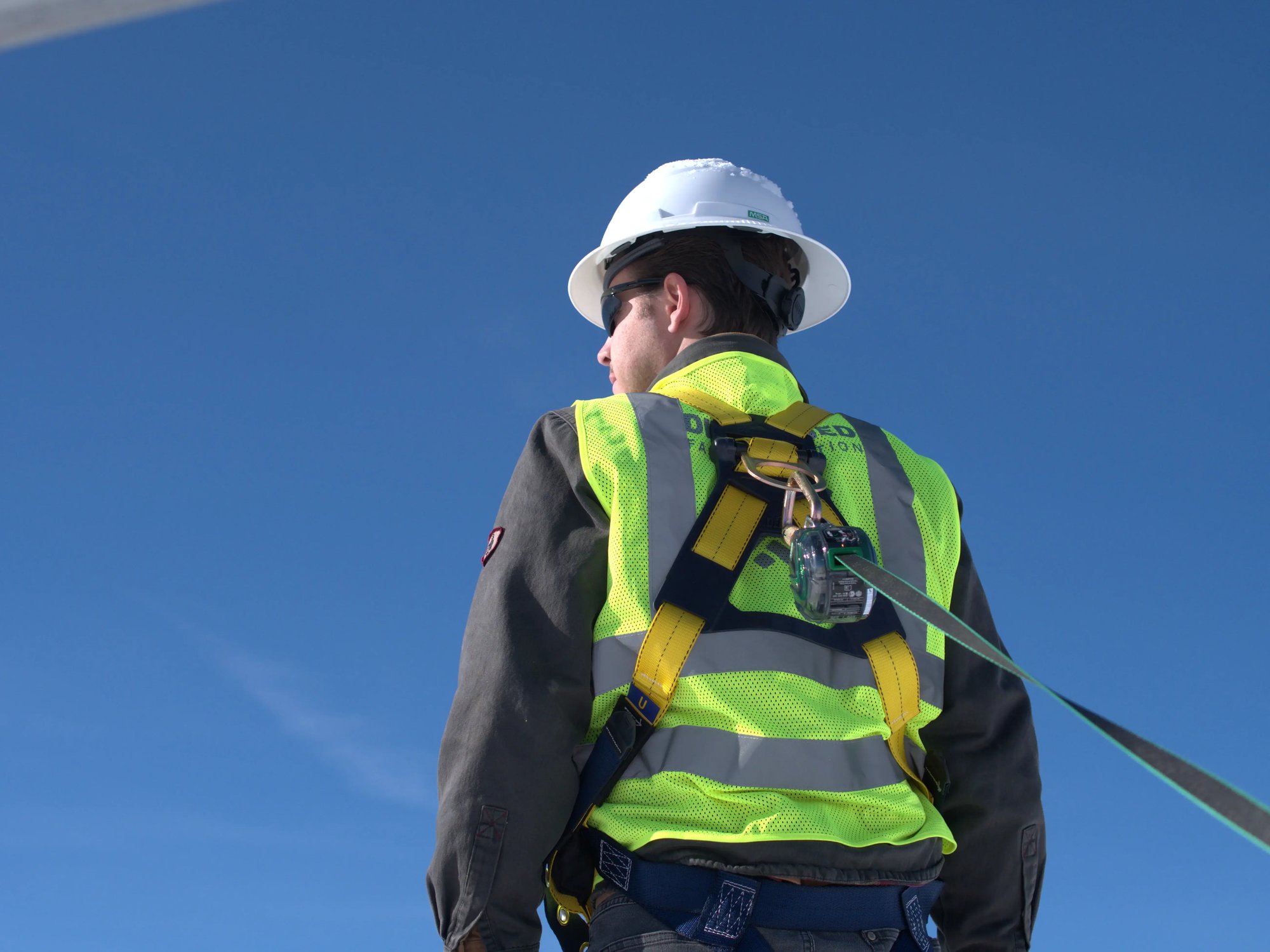Self Retracting Devices (SRDs)
Self Retracting Lifelines (also known as SRL or SRLs) offer an excellent mix of worker safety and productivity. SRLs extend and retract automatically as workers move while performing job duties at heights. In the event of a fall, the braking system engages and disperses the load of the fall through the body harness. Diversified Fall Protection offers a complete line of OSHA and ANSI compliant self-retracting lifelines (SRL) to keep your personnel safe while working at heights.

Related Markets
See Our Self Retracting Lifelines
- Light-weight thermoplastic or aluminum construction for maximum durability
- Wire rope or synthetic lifeline material options for varying environments
- Sealed SRLs available for harsh and corrosive working environments.
- Retrieval styles for confined space and rescue applications
- Built-in rescue (RSQ) allows user to be lowered after a fall either automatically or manually
- Arc Flash Rated SRLs for electrical applications.
- Specialized self retracting lifelines leading edge applications.






b-1.jpg?width=1368&height=1340&name=Rail%20(175)b-1.jpg)



